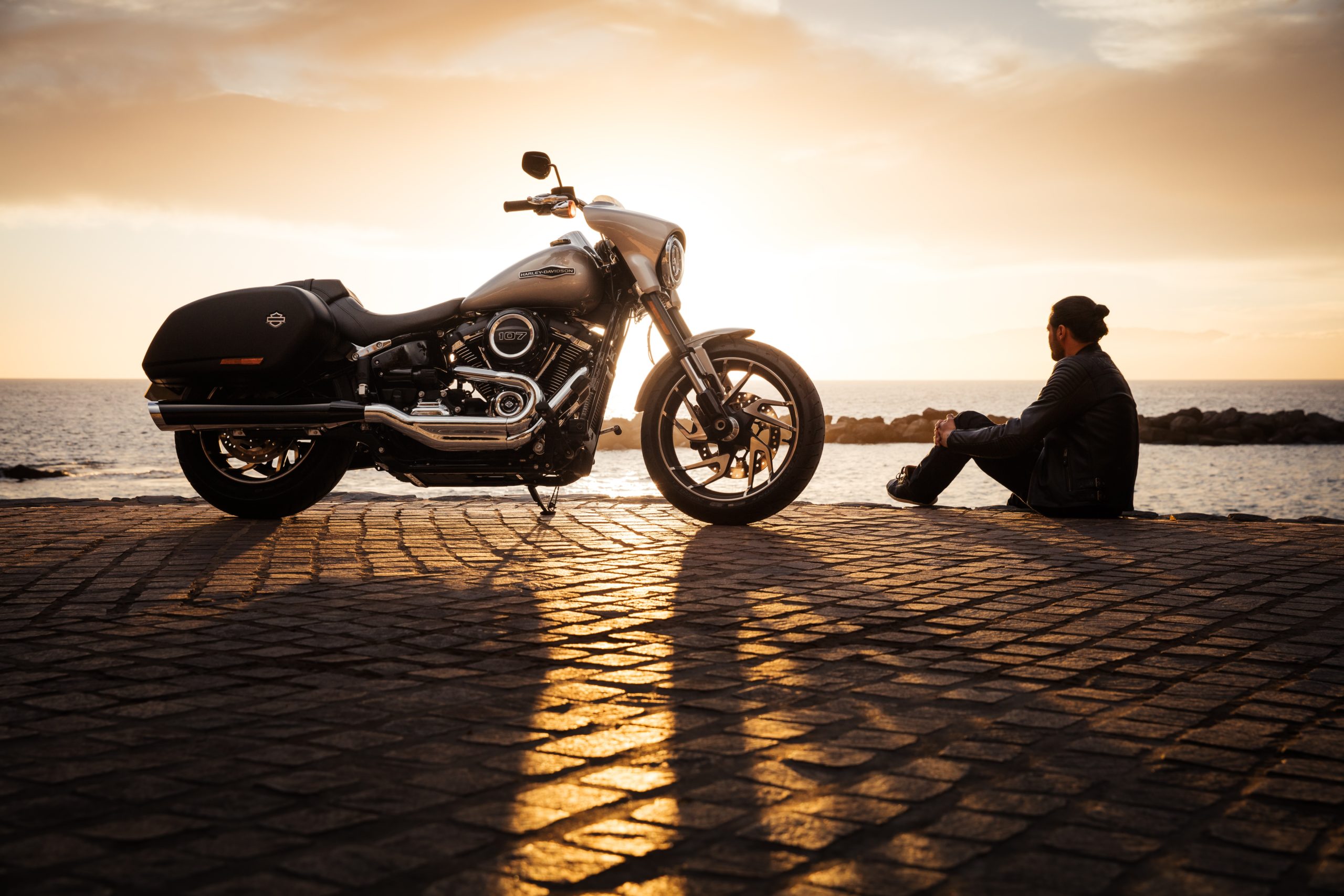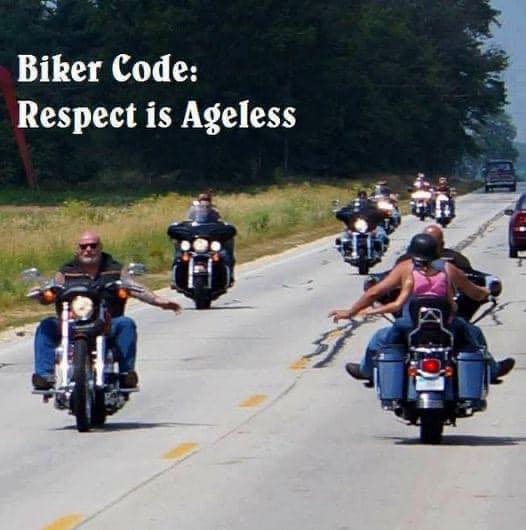
We promote education and safety to keep all riders safe. People who ride are not just bikers,
they are fathers, mothers, sons, daughters, They are leaders, teachers, firemen and police.
Let’s keep everyone on the road safe.
Do your part and help our motocycle riders get home safely.
Motorcycle riders have a family and friends who love them and want them to return safely. Please put your phones down, pay attention, give them space, be aware of your surroundings, and if you are a rider from another area, understand that riding in this terrain is not easy. High altitude, curvy roads, unfamiliar conditions all lead to uncertain outcomes. We just want everyone to be safe and take care of our riders while they are guests on our roadways.
Statistics:
Most motorcycle fatalities are multi-car crashes. A crash is NOT ‘accidents’. In fact, it was a bad decision that caused the crash.
2023 – Coming in March 2024
2022
- Ranked as the fifth-deadliest year on Nevada roads in the past three decades.
- Nevada roads saw 382 fatalities, only three fewer than the total seen in 2021, according to data released Monday by the Nevada Department of Public Safety.
- The crash-related deaths were the result of 352 fatal wrecks. That number was down 2 percent from 2021, but total deaths in 2022 still nearly matched the prior year’s count of 385.
2022 one of deadliest on Nevada roads in decades! Read More…
2021
Motorcycle riders continue to be the most vulnerable in fatal crashes in Nevada and represent 14% of all traffic fatalities.
- 5932 motorcycle riders or passengers were killed. The highest # since 1975.
- 29% of them were impaired
- 65% were not wearing DOT compliant helmets
- Per vehicle miles traveled, motorcyclists were about 24 times more likely than passenger vehicle occupants to die in a motor vehicle crash and were 4 times more likely to be injured.
In 2020 fatalities were up during the lockdowns than the previous years.
It continues to get WORSE! Not better when other riders come to our area or decide that riding a motorcycle (on or off road) and fresh air should be another form of stress release or entertainment. It is a healthy and beautiful way to travel, commute, play. Until something happens.
Riders: Learn the laws of Nevada!
Drivers around the riders: Be kind, show respect and give others on the roadways your full attention and help others get home to their families safely.
6 Nevada Laws that Motorcycle Riders Need to Know
1. What are Nevada motorcycle law requirements?
Nevada state law defines motorcycles as “every motor vehicle equipped with a seat or a saddle for the use of the driver and designed to travel on not more than three wheels in contact with the ground, excluding an electric bicycle…, a tractor and a moped.”

Motorcycles on Nevada roadways must meet all the following 13 requirements:
- The seat is high enough so your feet cannot both reach the ground simultaneously.
- The handlebars extend no more than six (6) inches above your shoulders while you are astride the vehicle.
- The wheels are protected by fenders.
- The motorcycle has stoplights as well as one-to-two headlamps visible from 1,000 feet to be used during inclement weather and from 30 minutes after sunset to 30 minutes before sunrise.
- The headlamps must be from 24 to 54 inches from the ground, and the color temperature ranges from 5,000 to 6,000 kelvins.
- The motorcycle has at least one (1) tail lamp (brake light / brake light / red taillight) that emits a red light visible from 500 feet.
- Motorcycles manufactured in 1973 and later must have electric turn signal lamps in the front and rear. The front lamp’s color may range from white to amber, and the rear lamp’s color may range from amber to red.
- There must be at least one (1) rear reflector between 20 and 60 inches from the ground and that is visible from 300 feet.
- There must be two (2) rearview mirrors at least three (3) inches long mounted on each handlebar, enabling you to see 200 feet to the rear.
- The motorcycle must be equipped with brakes and have a functioning muffler.
- you must keep one hand on the handlebar at all times.
- All bikes must have a horn.
- You must comply with any local exhaust and noise ordinances.
More FAQs
- Are there curfew laws in Nevada? No.
- What happens if the sale goes wrong? You have no right of rescission or cooling-off period when purchasing used bikes, though you may be able to sue if you had no way of knowing the bike had problems. Also, lemon laws give you legal recourse if the bike turns out to be defective after reasonable repairs.
2. Are helmets required?
Yes. You are required to wear securely-fastened DOT approved helmets while driving motorcycles on public roadways in Nevada. It makes no difference if traffic is slow or light. (You also have to wear DOT approved helmets when riding mopeds, motorized scooters, trimobiles, and similar vehicles.)
As a motorcycle rider, you are also required to wear
- goggles, glasses, protective glasses, or face shields for eye protection if the motorcycle lacks a transparent windscreen.
Motorcycle helmets must meet all the following six standards to be in accordance with DOT (Nevada Department of Transportation), the U.S. Department of Transportation, and NHTSA (National Highway Traffic Safety Administration):
- The helmet weighs at least three (3) pounds.
- There is an inner liner made up of a minimum one (1)-inch thick layer of firm polystyrene foam.
- There are sturdy chin straps with rivets.
- External components extend no further than two-tenths of an inch from the helmet’s surface.
- The helmet has a manufacturer’s label revealing its name, model type, year, and materials.
- The back of the helmet has a sticker imprinted with “DOT,” which certifies compliance with the Federal Motor Vehicles Safety Standards.
If you are cited for failing to wear a DOT approved helmet will add two (2) Nevada demerit points to your driver’s license. Fees varies by location.
Las Vegas – $208
Reno – $80.
3. What are the rules for passengers?
Passengers are not allowed on motorcycles in the state of Nevada unless the vehicle was designed to carry more than one person and has separate footrests for the passenger.
As a motorcycle passenger, you must ride either:
- Behind the driver and astride the seat that was designed for two people; or
- Astride a second seat attached to the rear of the driver; or
- In an attached sidecar
- The passenger must wear a DOT approved helmet as well.
- If the rider truly cares about their passenger, they will help them select appropriate safety gear to wear for their ride.
4. What are the driving and passing laws?
To ride a motorcycle in Nevada, you must abide by the same traffic laws and rules — and enjoy the same privileges — as drivers of automobiles on public roads. For instance, you must never exceed the maximum speed.
Lane splitting between traffic lanes is not permitted. You may drive on any lane on a road unless signage indicates otherwise. Two motorcycles may drive next to each other in the same lane as long as both motorcyclists consent.
You may not pass another vehicle in the same lane even though it can fit in the same lane. Like automobiles, motorcycles must pass by temporarily swerving into the adjacent lane.
Note that police avoid high-speed chases involving motorcycles due to safety concerns.
5. How do I get a motorcycle license?
You need a Class M license to drive motorcycles in Nevada. This is different from the Class C license that is required to drive automobiles. You must be at least 16 years of age and present proof of your identity and a social security number to get a Class M license.
You may obtain a Class M motorcycle endorsement in one of three ways:
Motorcyclists need a class M license in Nevada.
- Get an out-of-state motorcycle license transferred to Nevada (within 30 days of moving to Nevada);
- Take a knowledge test, skills test, and vision test at the Nevada Department of Motor Vehicles; or
- Complete a Motorcycle Safety Course certified by the Motorcycle Safety Foundation.
The DMV examiner will also conduct a safety check of your motorcycle and check to make sure you have current and valid insurance and registration. You also have to show you know how the bike works, from the choke, throttle and ignition to the starter, clutch, and gear shift.
Learn more – including instruction permits for minors ages 16 and 17 – at the Nevada DMV motorcycle license website.
Note that you are required to show your license to a police officer or in a court of law upon request.
6. What are the laws for motorcycling under the influence?
Just like automobile drivers, motorcyclists in Nevada face DUI charges either for:
- driving while impaired by drugs or alcohol; or
- driving with a blood alcohol content (BAC) of at least .08% (even if you are not drunk); or
- driving with illegal amounts of certain drugs in their blood (even if you are not high)
If you are pulled over on suspicion of DUI, you may be asked to take a preliminary breath test as well as to perform field sobriety tests. If you then get arrested, you are required to submit to a chemical test (breath or blood, depending on the case).
A first-time DUI in Nevada without causing major injuries or death is a misdemeanor. The judge will usually agree to “suspend” any jail sentence as long as you pay a fine, attend Nevada DUI school, and fulfill other terms. You may also have your driver’s license suspended, even if your DUI case gets dismissed. (Learn about avoiding a driver’s license suspension in Nevada.)
Note that DUIs that cause injury or death are charged as a category B felony, carrying two to twenty (2 – 20) years in Nevada State Prison. Learn more about Nevada DUI penalties.